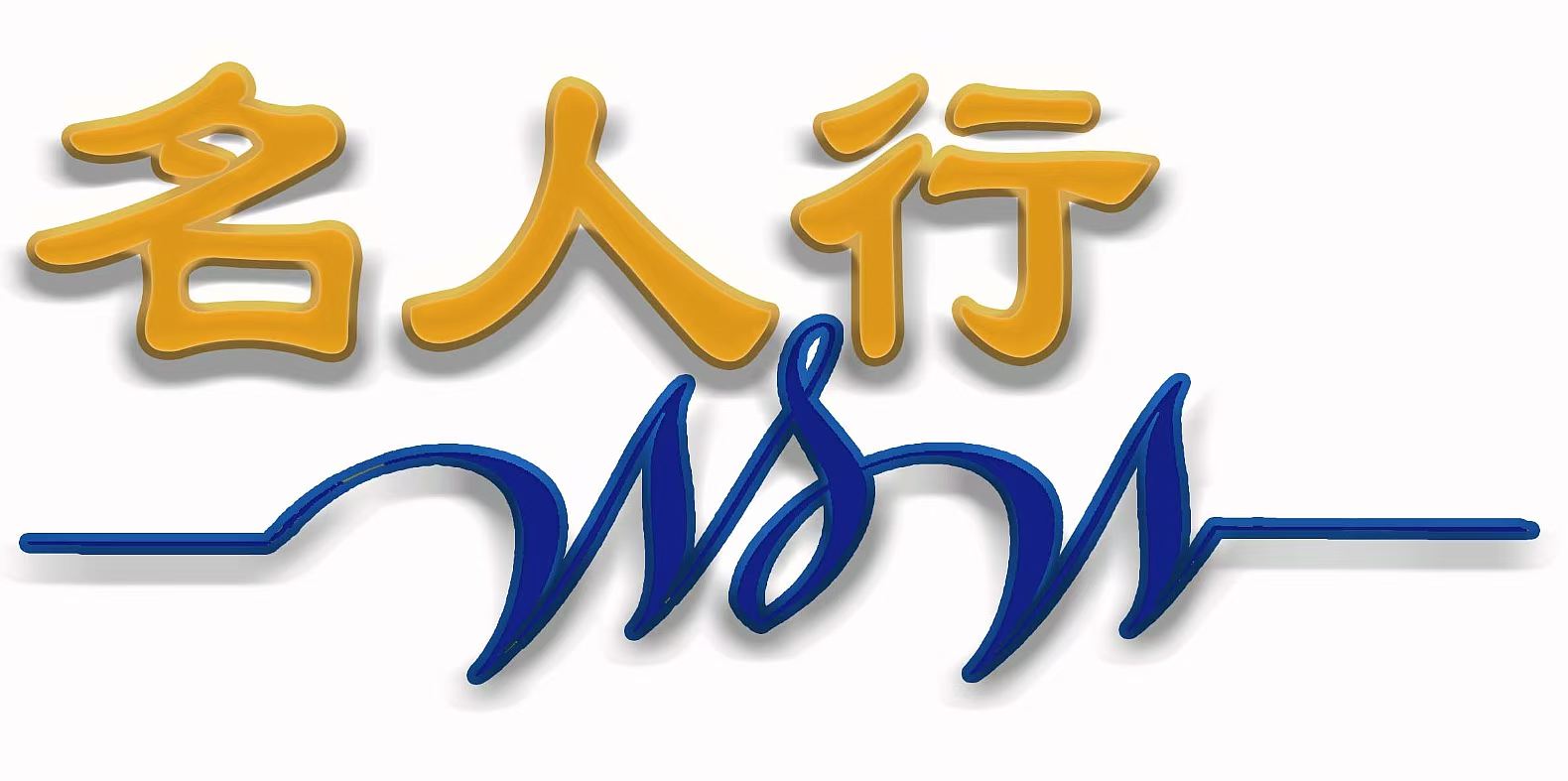Daoist Ceremonial Arts: Sacred Rituals Bridging Heaven and Earth
Introduction
Daoist ceremonial arts are a vibrant tapestry of rituals, music, dance, and symbolism designed to harmonize the human realm with the cosmic order. Rooted in ancient Chinese spirituality, these practices—performed by ordained priests (daoshi)—serve to purify spaces, honor deities, heal communities, and guide souls toward transcendence. More than mere performances, Daoist ceremonies are acts of cosmic alignment, embodying the Daoist pursuit of balance (yin and yang) and unity with the Dao, the primordial source of all existence.
Historical Roots: From Shamanism to Structured Liturgy
Daoist rituals trace their origins to prehistoric shamanic traditions, where intermediaries communicated with spirits through trance, drumming, and dance. By the Han dynasty (206 BCE–220 CE), these practices were formalized under the Way of the Celestial Masters (Tianshi Dao), China’s first organized Daoist school. Over time, rituals absorbed influences from Confucian rites, Buddhist mantras, and imperial court ceremonies, evolving into sophisticated liturgies documented in the Daozang (Daoist Canon).
During the Tang (618–907) and Song (960–1279) dynasties, Daoist ceremonial arts reached their zenith, supported by imperial patronage. Emperors commissioned grand rituals to ensure national prosperity, while local communities relied on priests to perform rites for rain, harvests, and protection.
Key Elements of Daoist Ceremonial Arts
1. Ritual Space and Altars
Ceremonies are conducted in sacred spaces—temples, mountain shrines, or temporary altars—oriented to align with cosmic energies. The altar, adorned with statues of deities, incense burners, candles, and offerings (fruit, tea, rice), becomes a microcosm of the universe. The Five Directions (cardinal points + center) and Eight Trigrams (I Ching symbols) are often invoked to anchor spiritual forces.
2. Music and Chanting
Daoist liturgy employs a haunting blend of vocal chants, bells, drums, and reed pipes (guanzi). Melodies follow ancient modal scales believed to resonate with celestial frequencies. Chants, recited in classical Chinese or esoteric "cloud script" (yunshu), summon deities, recite scriptures, or amplify prayers.
3. Movement and Dance
The Step of Yu (Yubu), a ritual dance mimicking the limping gait of the mythical Emperor Yu, channels energy through spiraling patterns that mirror the constellations. This "dance of the stars" is thought to open portals between realms.
4. Talismans and Mudras
Priests draw talismans (fu) in cinnabar ink to command spirits or dispel evil, while hand gestures (mudras) seal invocations. These acts are synchronized with breathwork and visualization, merging inner alchemy (neidan) with external ritual.
5. Offerings and Purification
Offerings of food, paper money, and incense symbolize gratitude to deities and ancestors. Purification rites—sprinkling sacred water, burning petitions—cleanse participants and spaces of negative energies.
Major Types of Daoist Ceremonies
- Jiao (Offering Rituals)
Community festivals held to renew cosmic and social harmony. Lasting days or weeks, jiao involve processions, operas, and feasts to honor local gods and thank Heaven for blessings. - Zhai (Retreats of Purification)
Fasting rituals to atone for sins or avert disasters. Participants abstain from meat, alcohol, and speech while confessing transgressions and meditating on scriptures. - Funeral and Ancestor Rites
Guided by the belief in an interconnected afterlife, priests chant scriptures like the Yellow Court Classic to escort souls through the underworld and prevent them from becoming restless spirits. - Exorcism and Healing
Rituals to expel malevolent forces causing illness or misfortune. Priests may use swords, mirrors, or thunder-themed incantations (leifa) to subjugate demons.
Symbolism and Inner Alchemy
Daoist ceremonies are not mere external acts but reflections of inner transformation. The priest’s body becomes a crucible for alchemical processes:
- Breathwork aligns with ritual timing.
- Visualizations of deities in the body’s energy centers (dantian) merge the self with divine forces.
- The altar mirrors the inner landscape, where offerings symbolize the surrender of ego.
Every gesture, note, and symbol carries multilayered meanings. For example, incense smoke represents the ascent of prayers, while circular movements echo the cyclic nature of the Dao.
Daoist Ceremonial Arts in Modern Practice
Despite China’s modernization, Daoist rituals thrive in temples like Louguan Tai (the “Cradle of Daoism”) and Wudang Mountain. Ordained priests undergo rigorous training in texts, music, and meditation to master rituals. UNESCO’s recognition of Daoist rites as intangible cultural heritage has spurred preservation efforts.
Yet challenges persist. Commercialization sometimes reduces rituals to tourist spectacles, while younger generations grapple with balancing tradition and contemporary life. Still, global interest in Daoist philosophy—emphasizing ecology, mindfulness, and holistic health—has revitalized appreciation for its ceremonial arts.
Conclusion: The Living Dao in Motion
Daoist ceremonial arts are not relics of the past but living practices that pulse with spiritual vitality. They remind us that ritual is a language of the sacred, a way to navigate life’s uncertainties with grace and intentionality. Whether through the thunderous crash of a cymbal or the silent unfurling of a talisman, these arts invite participants to witness—and embody—the eternal dance of Heaven, Earth, and Humanity.
Cultural Note
Attending a Daoist ceremony requires reverence: observe silence, follow dress codes (avoid red, associated with joy, at funerals), and never touch ritual tools without permission. Understanding these practices deepens appreciation for their role in sustaining a 2,000-year-old spiritual lineage.

Comments (0)
No comments